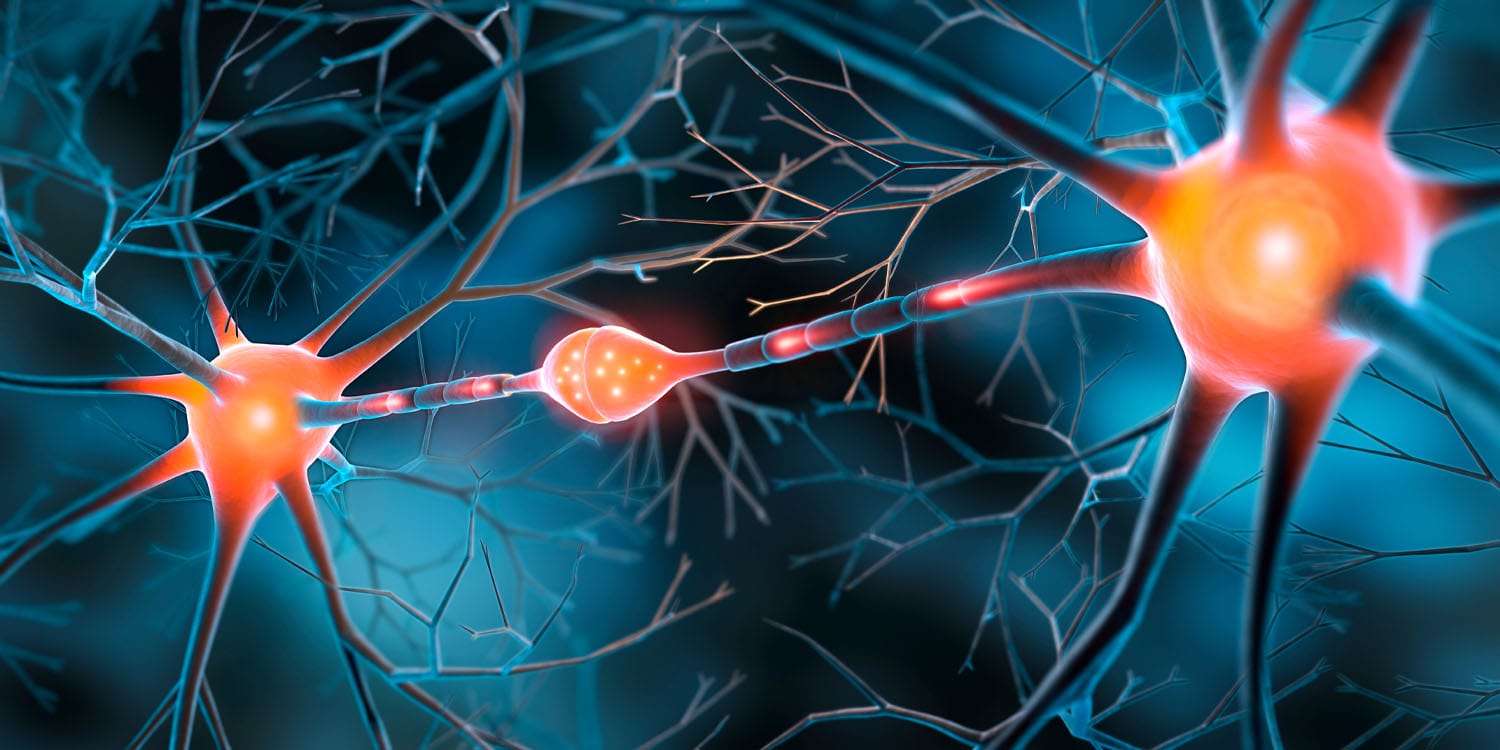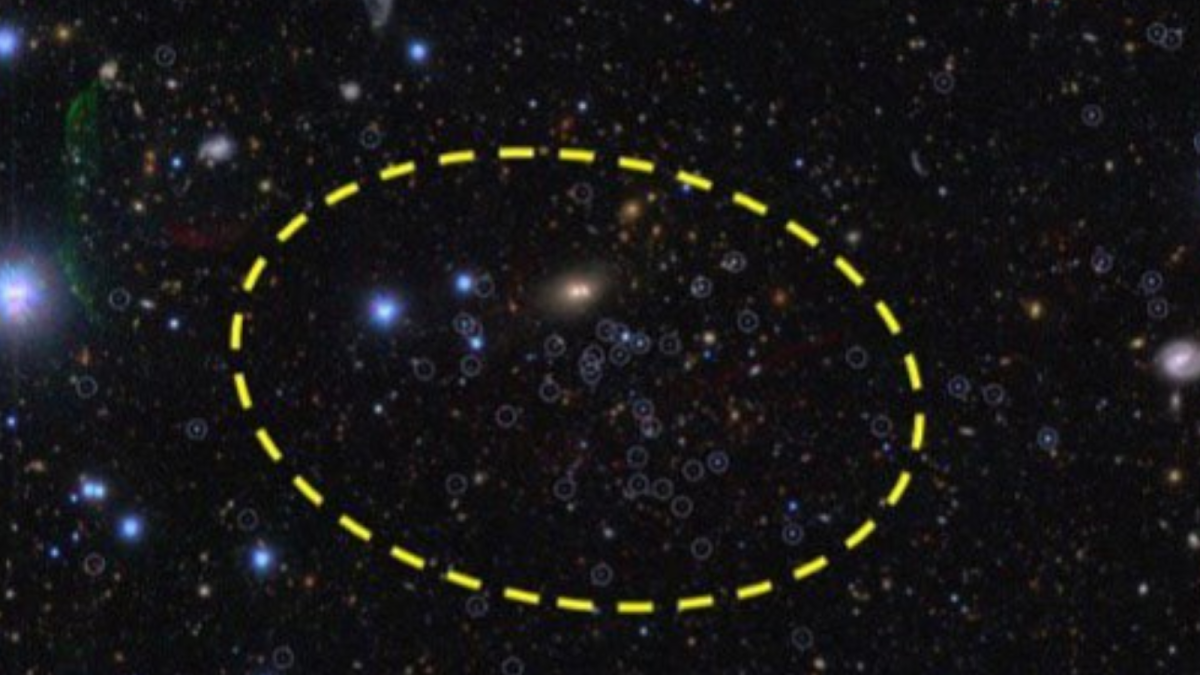A recent study has identified potential early brain markers in infants that may indicate a risk for future mental health problems. Researchers discovered that the microstructural complexity in specific prefrontal brain regions could be linked to higher negative emotionality and lower positive emotionality in infants, providing insights into their future emotional and behavioral development. The findings have been published in Biological Psychiatry.
Microstructural complexity refers to the organization of tiny structures within the brain, such as neurons (nerve cells), axons (nerve fibers), and dendrites (branch-like extensions of neurons). It involves how densely packed these structures are and how they are oriented or arranged. Higher microstructural complexity can indicate more connections and pathways, which can affect how the brain processes information and emotions.
Childhood emotional reactivity, which includes frequent and intense emotional responses, is a significant factor in the development of future mental health issues. Both positive and negative forms of emotionality can be reliably assessed in the first months of life and serve as early behavioral indicators of vulnerability to mental health problems.
High levels of negative emotionality in infants are associated with later mental health issues such as depression, anxiety, and behavioral problems, while low levels of positive emotionality are linked to behavioral inhibition and depression. Understanding the neural substrates of these emotional traits can help identify early targets for preventing emergent psychopathology.
The study involved 62 infants and their caregivers, recruited through various services at the University of Pittsburgh. Infants underwent magnetic resonance imaging (MRI) at three months old to assess their brain microstructure.
Researchers used a technique called neurite orientation dispersion and density imaging (NODDI) to measure the density and orientation of neurites (axons and dendrites) in different prefrontal cortex (PFC) subregions. These subregions included areas associated with salience perception, decision making, action selection, and attentional processes. Additionally, caregivers completed a questionnaire assessing their infants’ negative and positive emotionality at three and nine months old.
The researchers found significant relationships between the microstructural complexity in specific PFC subregions and infants’ emotionality. Higher neurite density and orientation dispersion in the rostral anterior cingulate cortex (ACC) and caudal ACC were associated with greater negative emotionality at three months. These findings suggest that increased microstructural complexity in these regions may lead to greater integration with other neural networks, resulting in heightened sensitivity to negative external cues and higher negative emotionality.
Similarly, higher neurite orientation dispersion in the lateral orbitofrontal cortex (OFC) was associated with greater negative emotionality at nine months, indicating that this brain region’s microstructural complexity might contribute to sustained negative emotionality over time. On the other hand, higher neurite orientation dispersion in the dorsolateral PFC was linked to lower positive emotionality at three months, suggesting that increased complexity in this region could lead to overregulation of positive emotions.
In other words, the findings provide evidence that the organization and density of tiny structures in specific parts of the brain are important factors in determining how infants experience and regulate their emotions. Infants with more complex brain microstructures in certain areas tend to have stronger negative emotional reactions and fewer positive emotional responses. This early brain development could influence their emotional behavior as they grow, highlighting the significance of brain structure in shaping emotional health from a young age.
Overall, these findings highlight the importance of early brain development in emotional health and provide a potential pathway for early detection and intervention strategies aimed at promoting better mental health outcomes from infancy through adulthood.
Future research should aim to include more nuanced measures of socioeconomic status, such as neighborhood deprivation and family income, to better understand the environmental factors influencing infant brain development and emotionality. Incorporating laboratory-based, independently observed measures of infant behavior by trained experts could also enhance the reliability of emotionality assessments.
The study, “Early Infant Prefrontal Cortical Microstructure Predicts Present and Future Emotionality,” was authored by Yicheng Zhang, Layla Banihashemi, Amelia Versace, Ashok Panigrahy, Alison E. Hipwell, and Mary L. Phillips.

Rachel Carter is a health and wellness expert dedicated to helping readers lead healthier lives. With a background in nutrition, she offers evidence-based advice on fitness, nutrition, and mental well-being.








